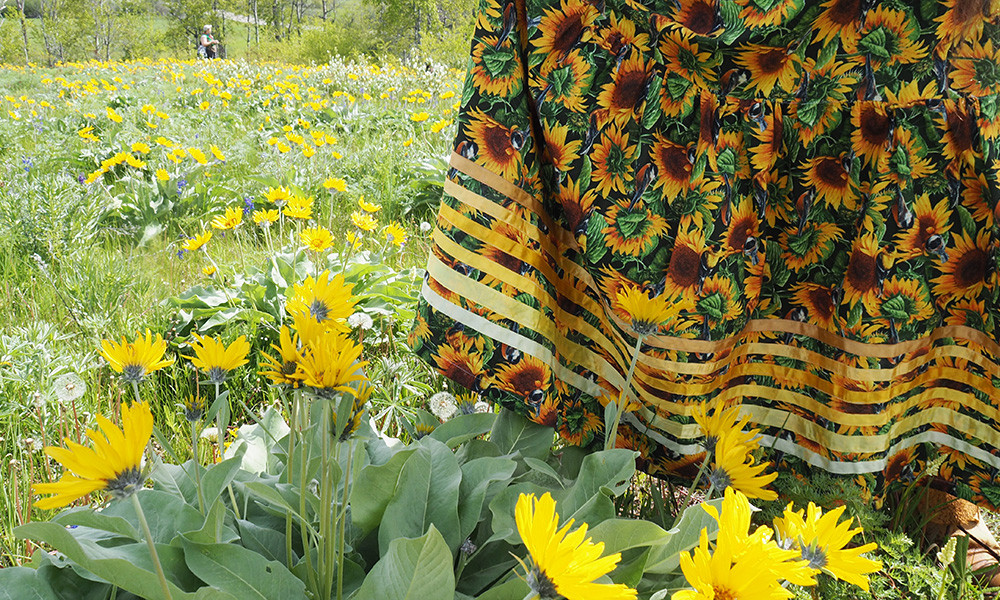
The Okanagan School of Education’s Dr. Jessica Chan, along with Okanagan Regional Libraries, have created family literacy kits to foster and encourage literacy skills for young learners. The kits are available to borrow from Okanagan libraries.
Who: Dr. Jessica Chan, Assistant Professor, Okanagan School of Education and ORL librarians & staff
What: Family literacy kits
Where: Downtown Kelowna Library, 1380 Ellis St.
When: Saturday, March 16; 10:30 am to 12:30 pm
Why: Literacy kits packed with engaging activities, stories
Families with young learners have new resources to enhance their literacy skills at home thanks to UBC Okanagan and the Okanagan Regional Library (ORL).
The UBC Reading, Language, and Mathematics (ReaLM) Lab and ORL librarians have created new kits for children designed to promote early literacy development and foster family engagement.
“Research has shown that promoting early literacy at home can have a profound impact on a child’s future,” says Dr. Jessica Chan, Director of ReaLM and Assistant Professor in the Okanagan School of Education. “Part of the lab’s focus is to make research accessible by offering supports that inspire families to engage with literacy in new and creative ways.
“Literacy kits help take reading beyond the book and develop connections with the world around us. When we were designing the kits, we wanted to emphasize that you can engage in literacy through play and show families how literacy is already taking place at home. We invite families to connect with the learning offered in stories through shared experiences.”
The kits follow three themes—families, nature and kindness—to honour family history and stories, build community and connect to place.
“The Library of Things Collection and, in particular, our family literacy kits are designed with a heart-warming vision to nurture family bonds,” says Naomi Van Caillie, ORL Community Learning and Assessment Coordinator.
“They offer a unique opportunity for families to unite in learning and enjoyment, creating not just moments but memories. This initiative goes beyond books; it’s about fostering community spirit and a sense of shared joy.”
There are 15 kits suitable for children in Grades 1 or 2. Each kit contains a collection of books, engaging activities and materials for families to promote early language, reading and writing development. The kits contain family-friendly ideas on how to engage with literacy, including suggestions such as starting a family journal or going on a scavenger hunt.
“This partnership with the library was a natural collaboration; we have shared goals of improving access to resources to promote family literacy across the Okanagan,” Dr. Chan says. “We hope to expand on this project to develop family-based literacy resources for readers of all ages and determine how we can best meet the needs of an increasingly diverse community.”
The literacy kits will be available to check out starting March 16 after ORL’s Family Story Time at the downtown Kelowna Library. Story Time takes place from 10:30 to 11:15 am, and families are invited to learn more about early language and literacy development with Dr. Chan.
Families interested in borrowing a literacy kit can visit the downtown Kelowna Library or request the kit at their nearest library location.
This project was supported by funding from the UBC Partnership Recognition and Exploration Fund.
The post Enriching family literacy in the Okanagan one kit at a time appeared first on UBC's Okanagan News.










